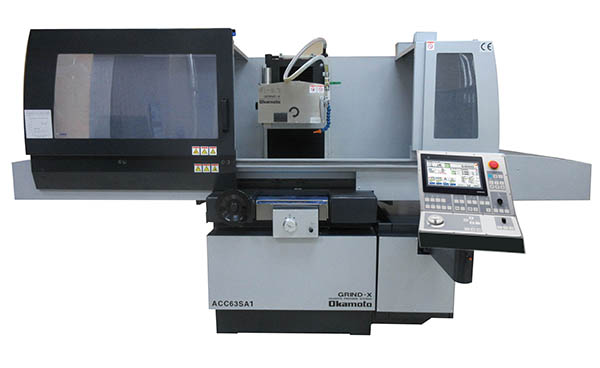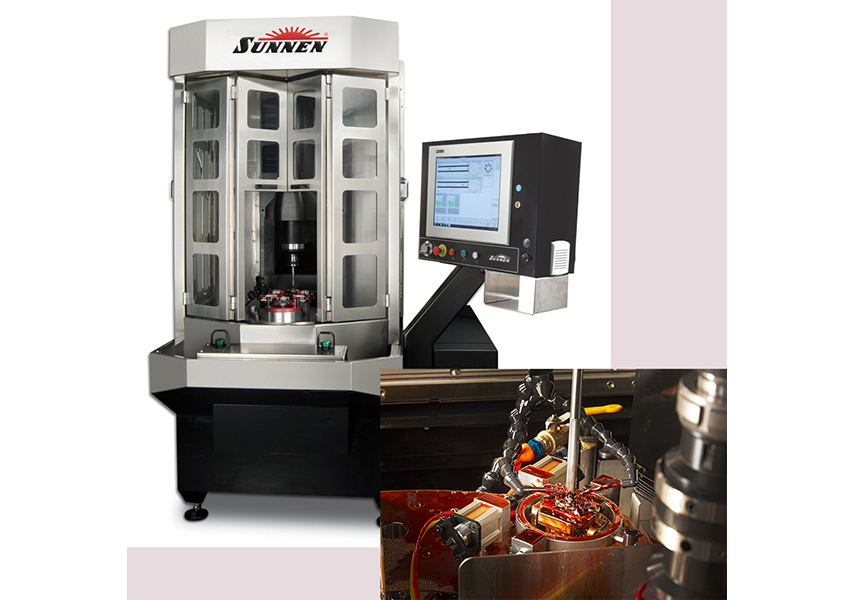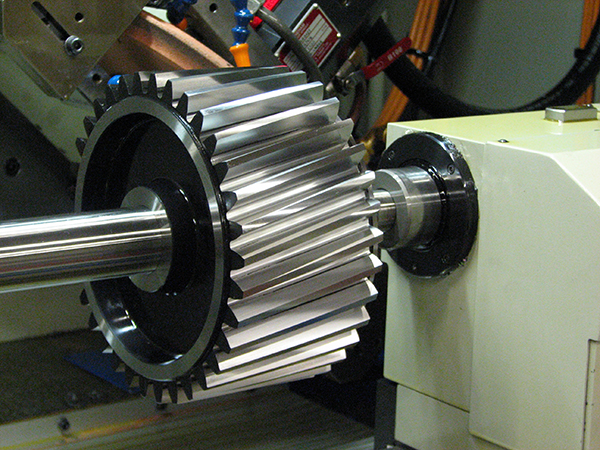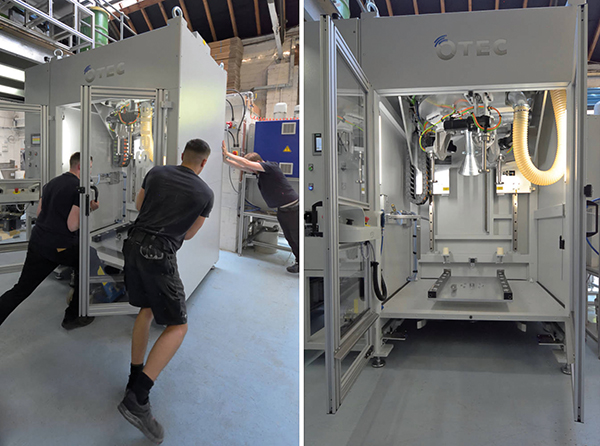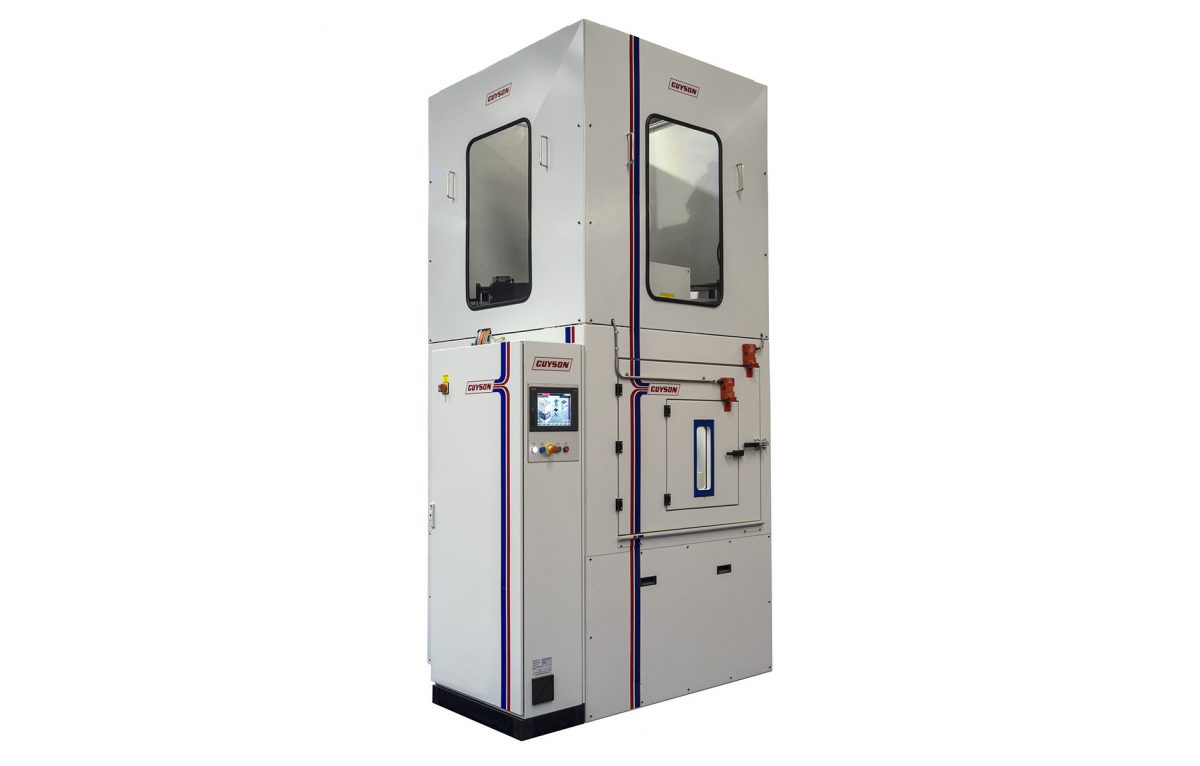Okamoto Machine Tool Europe introduced a range of new machines and programme upgrades at last month’s EMO exhibition in Hanover. The company is exclusively represented in the UK and Ireland by Jones & Shipman Hardinge, and its machines complement those manufactured by Hardinge grinding sector companies Kellenberger, Hauser, Tschudin, Usach and Voumard.

Being exhibited for the first time was the new ACC-63SA1 surface grinder. This model replaces the popular Okamoto SA series and is available in six table sizes: 500 x 200 mm, up to 1000 x 500 mm.
Machines in the ACC-SA1 series feature a touchscreen colour graphic control for implementing surface grinding operations with ease. The control enables a fully automatic grinding operation for standard surface grinding or shift plunge surface grinding, with automatic compensated dressing from the table for even higher autonomy and productivity.
ACC-SA1 machines have a robust, rigid cast-iron construction with high static and dynamic stiffness, and excellent damping characteristics, says Okamoto. The hydraulically driven table features double V slideways with minimal overhang and non-contact switches for table reversal. All slideways have automatic lubrication.
Okamoto also introduced an improved GX range, which is the next generation of its DX surface and profile grinders. The upgraded machines feature a new colour scheme and improved table enclosure.
All six machines in the range feature the established Okamoto control for fully automatic grinding operations. Grinding methods are selected via switches on the main panel, while feed rates and feed change points can be set and adjusted at any time by a potentiometer.
For further information https://www.hardinge.com/jones-shipman/






